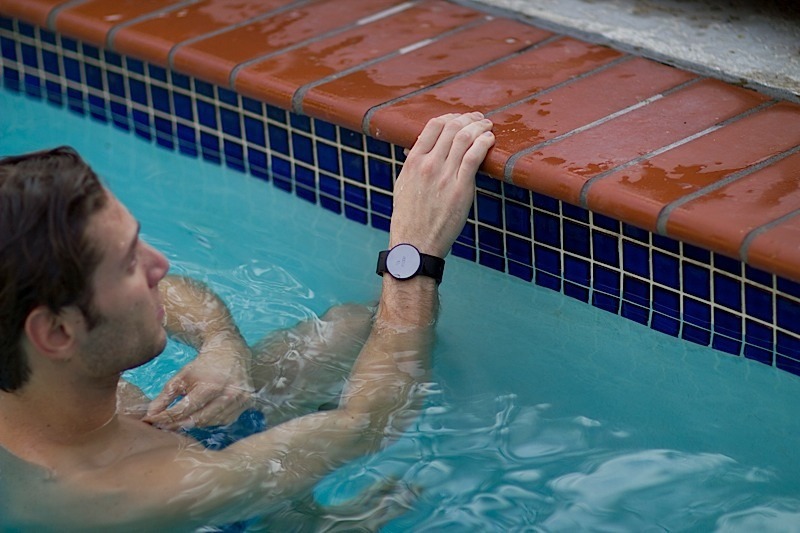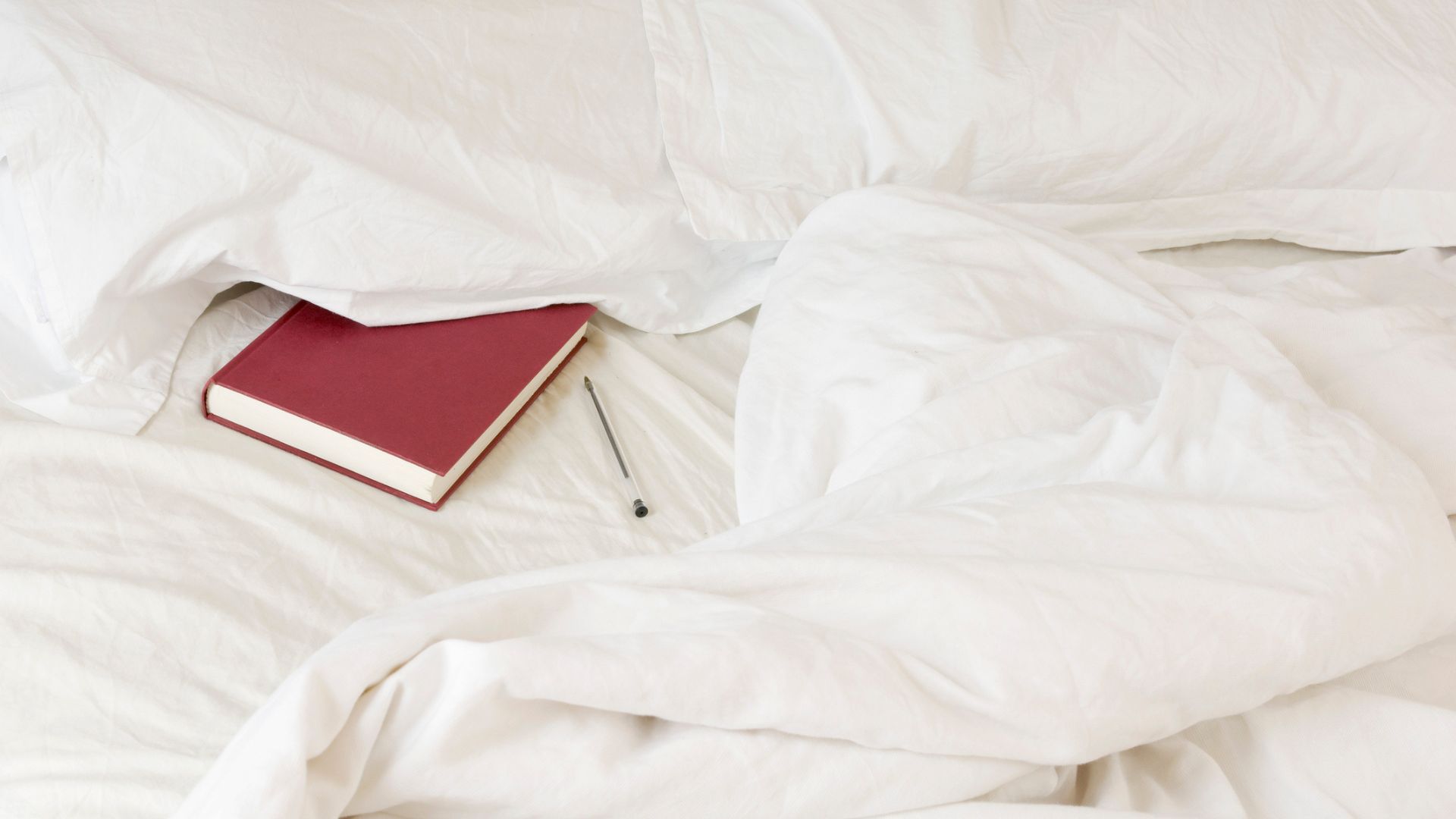Moov Over, Fitbit: New Fitness Tracker Doubles as Coach
Moov is a new fitness tracker that could lap the competition with its unique ability to improve the quality of your workouts.

A new fitness tracker called Moov is entering a very crowded market with a unique proposition. This innovative device monitors not just the quantity of your activity but the quality as well. The Moov detects your movement to ensure the integrity of your workout and prevent injuries. Expected to ship in summer 2014, each Moov will retail at $120, but you can pre-order it now at $59.95 or get two for $99.95. So what is Moov and what's all the hype about it?
How is Moov Different From Other Fitness Trackers?
Instead of just monitoring the same data as competing trackers, such as the number of steps you've taken or your heart rate, Moov uses built-in sensors--such as an accelerometer, gyroscope and magnetometer--to track your motion and analyze your form. You can wear Moov on your wrist or ankle with the accompanying wrist and ankle bands or mount it on your racket or bat to analyze your swings.
MORE: 10 Fitness Apps To Help You Shape Up
The collected data is transmitted to Moov's free companion apps in your smartphone or tablet, where it is further evaluated against a library of fitness resources. At launch, Moov will offer apps that coach you on running, swimming, cycling, boxing and body weight workouts. As you move, the app gives you real-time instructions, both visual and audio, on improving your technique and form.
By contrast, Fitbit's Force and other existing trackers can only measure your activity such as steps taken, stairs climbed and your sleep patterns, sharing that information to its own or third-party apps. Most apps can only push you to meet benchmarks but cannot determine whether you've been cheating.
How Do You Use Moov?
Moov requires a connected device to work and will only be compatible with iOS systems at launch (Android to follow in fall). After you've downloaded the relevant app for your activity, you attach the Moov Core (the watch face-like brain of the device) to your wrist, arm, ankle, shoe or equipment. Then press the center of the Moov Core and it will connect with your device via Bluetooth Low Energy. Start moving and pay attention to the instructions Moov gives, and you'll be making the most of your workout in no time.
If you are a boxer, you might consider using one Moov Core on each wrist to get better feedback. Moov's apps support up to five Cores per exercise so you can get information as detailed as how each foot is hitting the ground.
MORE: Best Fitness Trackers 2014
Wear it every day to monitor how active you are on a daily basis, and Moov will prompt you to move about after long periods of inactivity (sitting still for more than two hours, for example). It will even suggest activities such as sets of squats or lunges so you won't walk around aimlessly to appease the app.
Where Can You Use Moov?
Since it is waterproof up to one meter (3.2 feet), you can take your Moov with you when you do your laps at the pool. Just don't take it deep sea diving. The device also meets IP67 standards for dust and water resistance.
If you want real-time instructions from the app, be sure to keep your phone within 50 feet of you (100 feet in an open space) so it can stay within range of the Moov Core. Otherwise, switch Moov to Standalone Mode and just use it to track your performance for analysis after.
Although the Moov lacks the features of some fitness trackers, like an LCD and heart rate monitor, we are excited by the Moov's coaching capabilities. Don't be surprised to see other company's follow in Moov's footsteps.
Follow Cherlynn Low at @CherlynnLow and on Google+. Follow Tom's Guide at @tomsguide, on Facebook and on Google+.
Sign up to get the BEST of Tom's Guide direct to your inbox.
Get instant access to breaking news, the hottest reviews, great deals and helpful tips.
Cherlynn is Deputy Editor, Reviews at Engadget and also leads the site's Google reporting. She graduated with a Master’s in Journalism from Columbia University before joining Tom's Guide and its sister site LaptopMag as a staff writer, where she covered wearables, cameras, laptops, computers and smartphones, among many other subjects.

